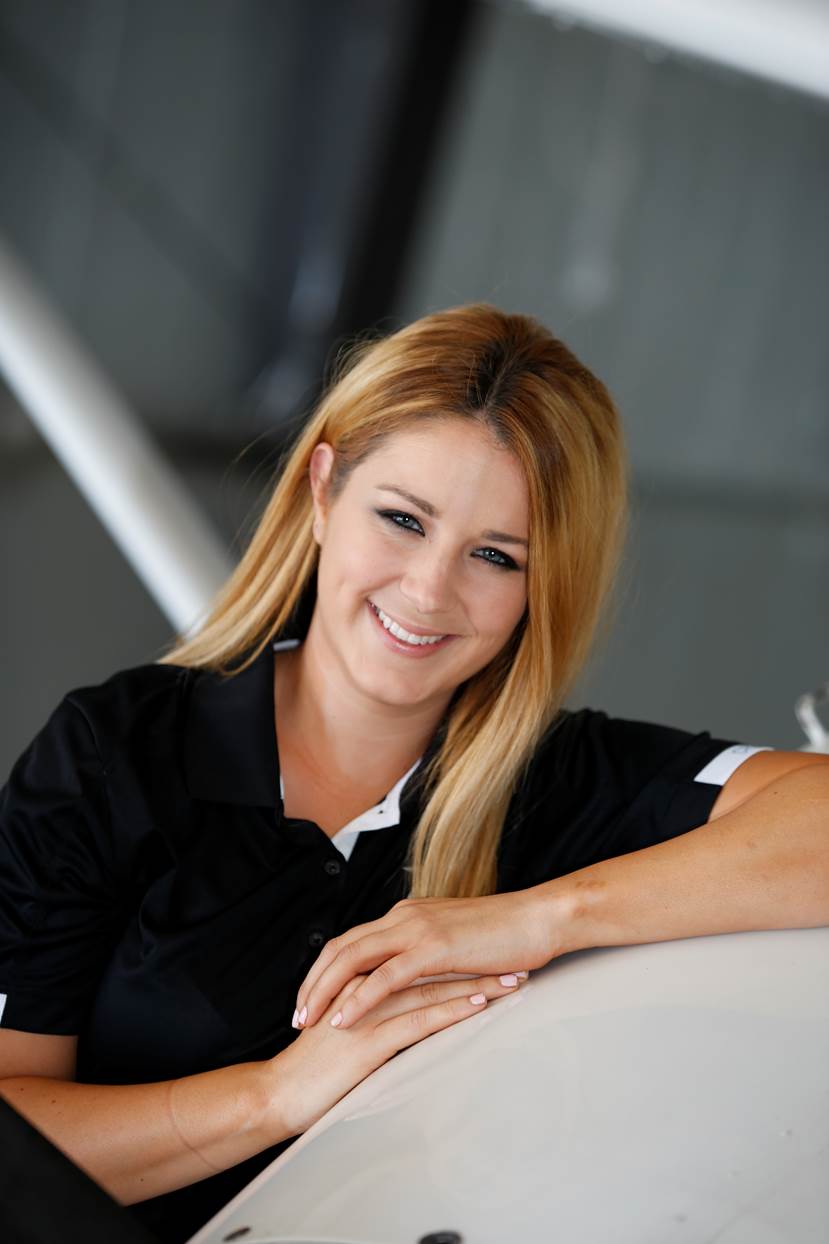What the crystal ball has in store for aviation
Congressional hearing talks future of the National Airspace System
A George Jetson-like flying car may still be a few decades away, but nonetheless, an eVTOL future is imminent. And so are unmanned aircraft integration, emerging aerospace technologies, and endless workforce opportunities.
On March 12, pilots, industry groups, and technology companies attended the House Transportation and Infrastructure Committee’s congressional hearing, Looking Forward: Aviation 2050. The focus of the hearing was to make sure the United States continues to innovate and remains globally competitive as new technologies enter the National Airspace System.
Baker took the opportunity to highlight AOPA’s leadership in developing the future workforce through its high school science, technology, engineering, and math curriculum. One of the ways to foster a viable aviation future is to grow the pilot population and get the next generation interested in aerospace.
Numbers show that the curriculum is progressing with an estimated 2,190 ninth-grade students at 80 schools in 26 states. AOPA’s program provides a dramatic improvement in diversity demographics, with 25 percent of the students being female and 52 percent coming from underrepresented groups.
In his testimony, Baker also wrote about the economic impact of unmanned aircraft integration. According to the Alliance for Drone Innovation, it will total more than $13.6 billion in the first three years of integration, and will only grow, cumulating to more than $82.1 billion and more than 103,000 jobs by 2025.
In order to facilitate the safe integration of unmanned aircraft, there are a number of key priorities that must be addressed including: beyond-visual-line-of-sight operations, airspace and air traffic management, airport infrastructure, and growing the pilot population.
The testimony also included the importance of our nation’s airport infrastructure, especially with potential new urban mobility aircraft and advances in electric-hybrid vertical takeoff and landing (eVTOL) technology.
“Airports are already economic engines for the communities they serve,” he wrote, “and those who live around existing airports will be far more likely to realize the benefits that will come with eVTOL aircraft.”
Speaking about the hearing, Aviation Subcommittee Chairman Rick Larsen (D-Wash.) said, “The future of U.S. aviation and aerospace industries is bright. But, Congress must play an important role to ensure the FAA takes the steps outlined today in a timely manner, so U.S. companies can continue to innovate and remain globally competitive.”




